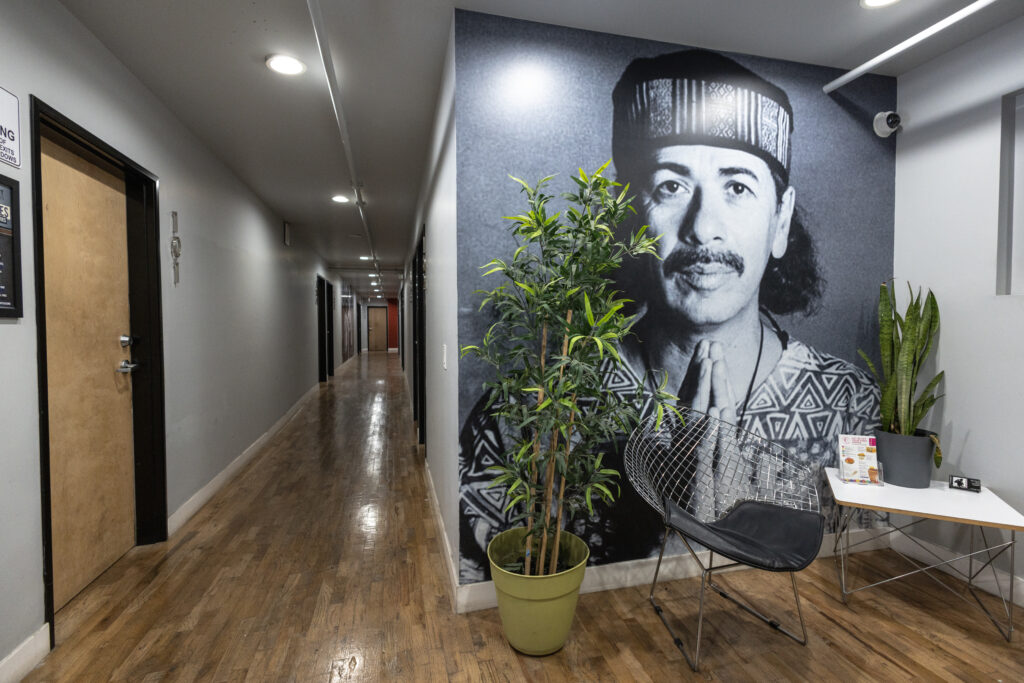
Are you looking to optimize your rehearsal studio for the ultimate sound experience? Discover the science of soundproofing and learn how it can revolutionize your practice sessions. In this comprehensive guide, we’ll explore effective methods of soundproofing for your rehearsal space, enabling you to create a sonic haven.
Before delving into soundproofing techniques, it’s essential to grasp the fundamentals of sound. Sound is scientifically classified into two types: airborne as well as vibration noise. Airborne noise encompasses everyday sounds like conversations and music, while vibration noise arises from impacts such as footsteps or shattering glass.
To achieve exceptional soundproofing, a combination of three techniques is commonly employed: noise reduction, decoupling, and finally, noise absorption. Rehearsal studios, including those in vibrant Houston, Texas, often utilize these techniques synergistically to achieve optimal noise elimination.
Another effective technique for soundproofing your rehearsal studio is noise reduction. By adding multiple layers and barriers between sound pathways, you can significantly reduce noise transmission. Similar to how double-pane windows outperform single-pane ones, this approach requires meticulous sealing of entry points like vents, windows, and other potential noise escape routes.
Decoupling serves as another powerful method for soundproofing your rehearsal space. By constructing two separate stud walls with a small space between them, sound transmission can be further minimized. This technique effectively creates a room within a room, preventing vibrations from passing through the central stud and bolstering noise reduction. Experience enhanced isolation from the outside world as your rehearsal space becomes a haven of sonic focus.
Finally, to further optimize your rehearsal studio’s sound environment, consider noise absorption or dampening. This technique employs soft, rubbery materials to absorb sound waves, offering a different approach to soundproofing. You may have encountered this method in soundproofed rooms adorned with foam on the walls. By strategically implementing these materials, you can create a tailored acoustic environment that further enhances your musical experience.
These soundproofing techniques are widely used across various industries, including entertainment, business, and government applications. By incorporating noise reduction, decoupling, and noise absorption methods into your rehearsal studio before you record, you can unlock its true potential, enabling uninterrupted musical immersion and fostering creativity.
Elevate your rehearsal studio’s soundproofing game today and experience a transformative auditory journey like never before!

Just Listed! Our Sacramento office features top-of-the-line facilities, private rehearsal rooms, and a lounge area for artists to take a break!
With 24-hour access, Lockout Music Studios provides a professional and comfortable environment for musicians to practice, perform, and record their music, allowing them to reach new heights in their craft.